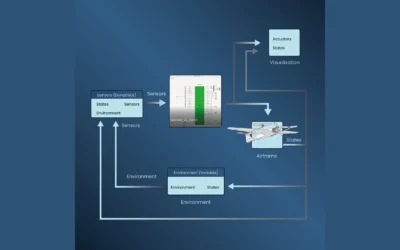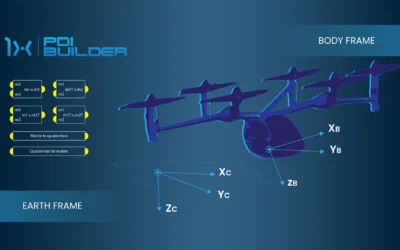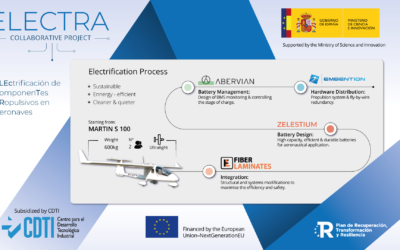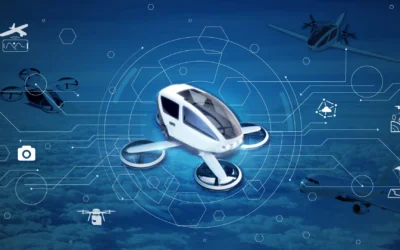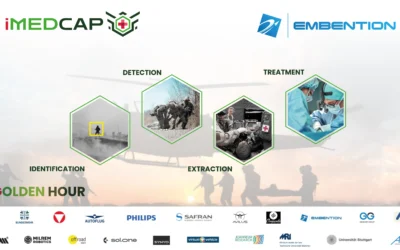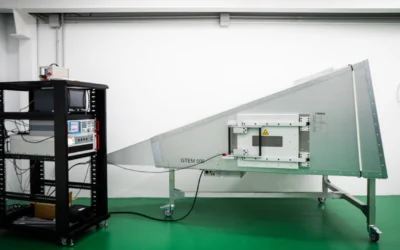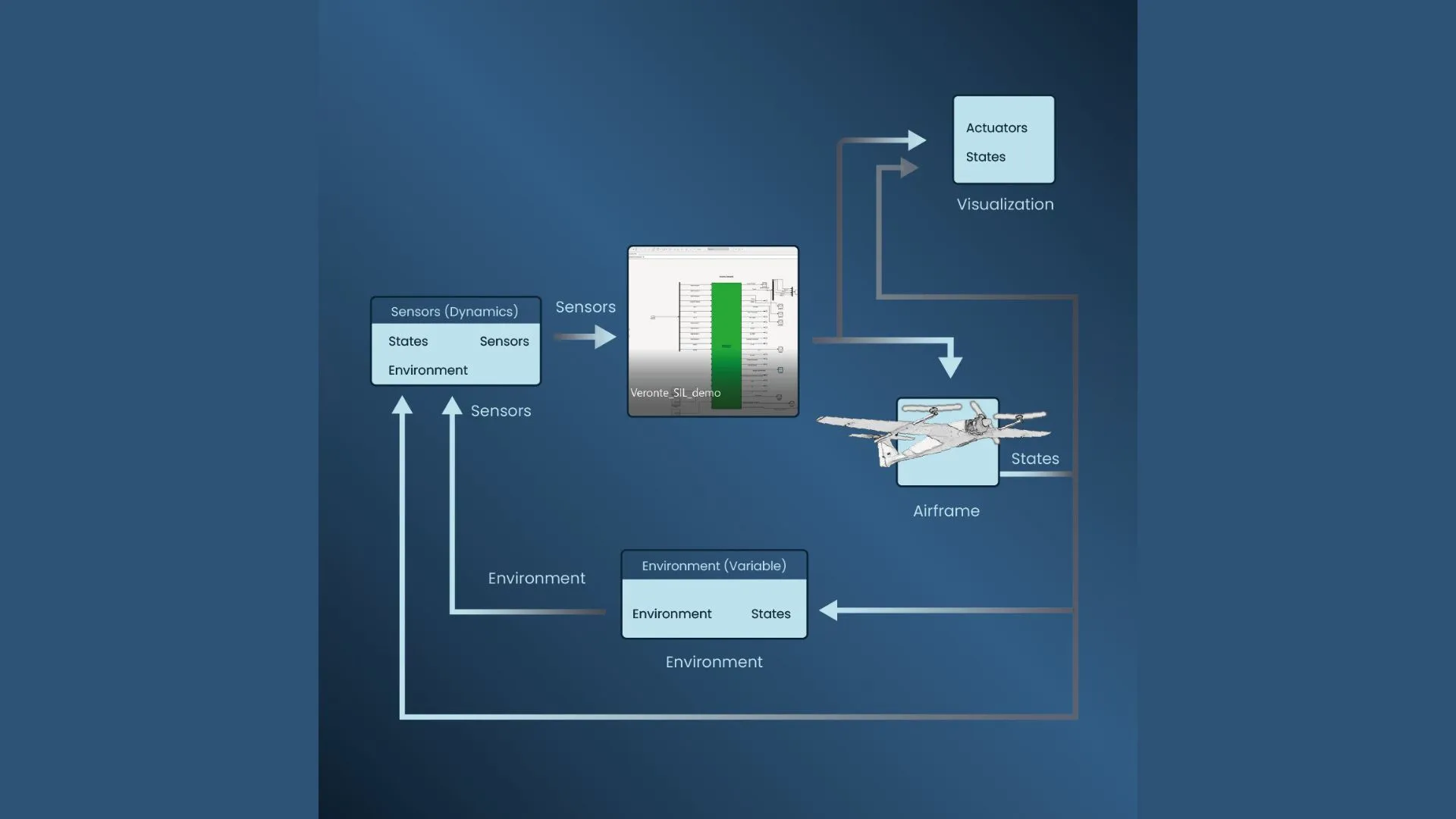The social acceptance of Urban Air Mobility (UAM) will be critical for its successful implementation in our cities. UAM, understood as the transport system for passengers or goods in urban environments, will modify existing infrastructures and will lead to the creation of new ones, such as vertiports, in order to adapt our urban landscapes to the new transport options.
This social acceptance of Urban Air Mobility and its consequent implementation will bring with it the opportunity to turn our cities into smart and more sustainable cities, allowing to reduce pollution and congestion, especially in large metropolitan areas. But the success of this change of model in mobility will depend on the ability of the UAM industry, governments, regulators and public institutions to generate confidence in citizens and future users of aircraft, placing value on their advantages as opposed to their possible concerns.
The social acceptance of Urban Air Mobility (UAM) will be critical for the success of its implementation in our cities.
The main factors that can influence the social acceptance of Urban Air Mobility are the following:
- Noise: derived from aircraft takeoffs, landings and flights.
- Visual pollution: a potential risk for the social acceptance of the UAM derived from the increase of manned and unmanned flights over urban areas.
- Safety: concerning hypothetical accidents that could occur both between aircraft and between aircraft and other elements of the cities. Safety is perceived as one of the most significant challenges for the social acceptance of UAM.
- Costs: may critically affect the acceptance and implementation of the UAM, since the services derived from it must be accessible to most of the population so that their use and consumption are extended and democratized.
- Privacy: since some of the aircraft and their services may fly over areas that were previously inaccessible to conventional mobility option.
However, technology and legislation are now advancing to address these and other issues to facilitate the social acceptance of UAM. Thus, global UAM manufacturers and operators are developing increasingly quieter, more accessible and safer aircraft. For its part, Embention, to increase safety, has developed the Veronte Autopilot 4x developed according to aviation standards DO178C / ED-12 and DO254, allowing the certification of UAV, RPAS and eVTOL. In this sense, from Embention we will continue working for drones to populate our skies and contribute to the social acceptance of the UAM to become a reality.

